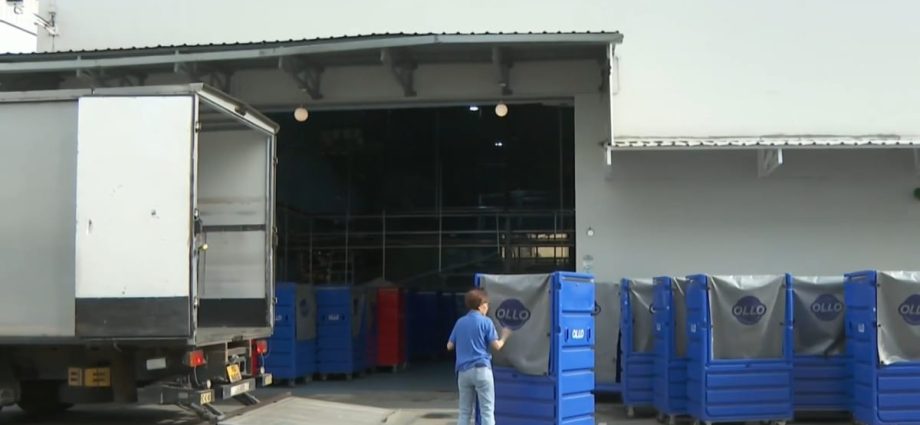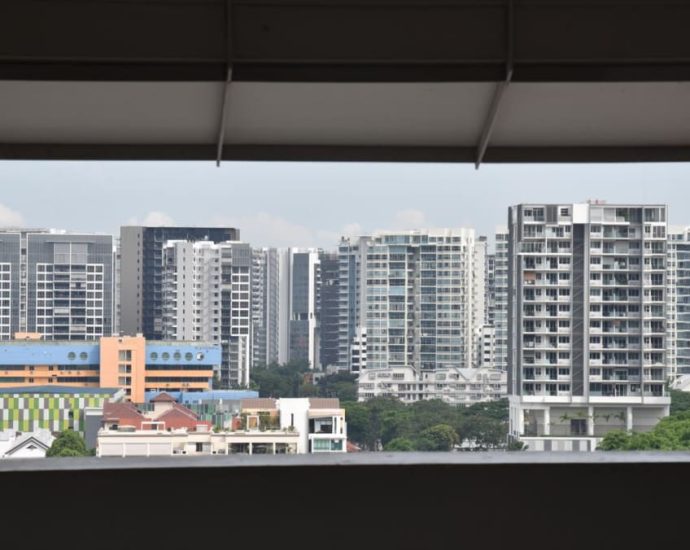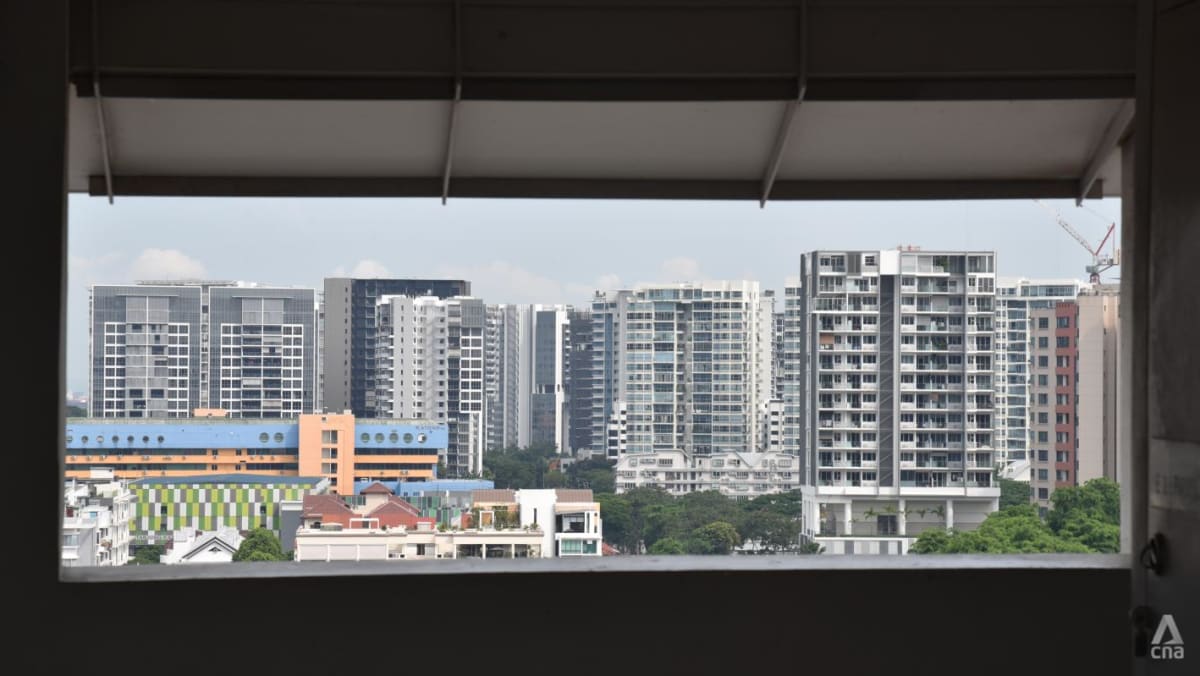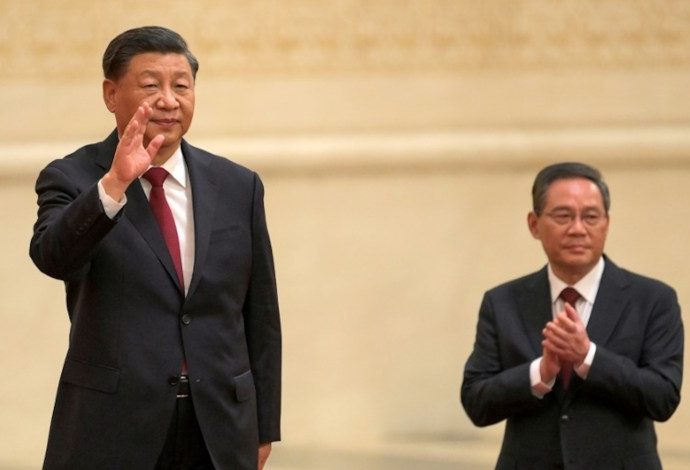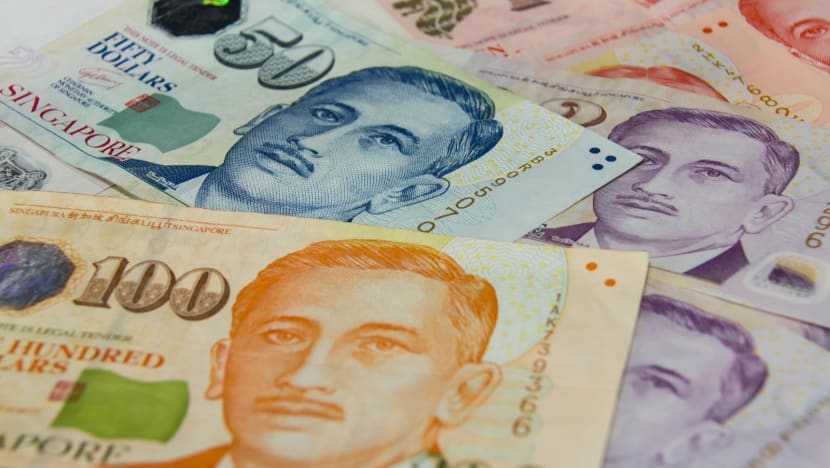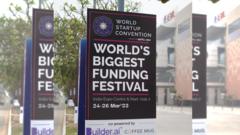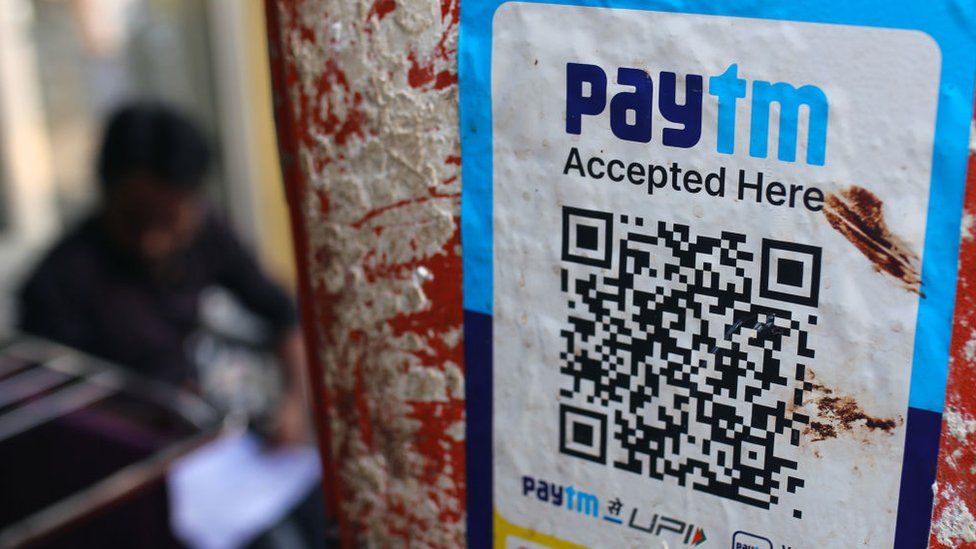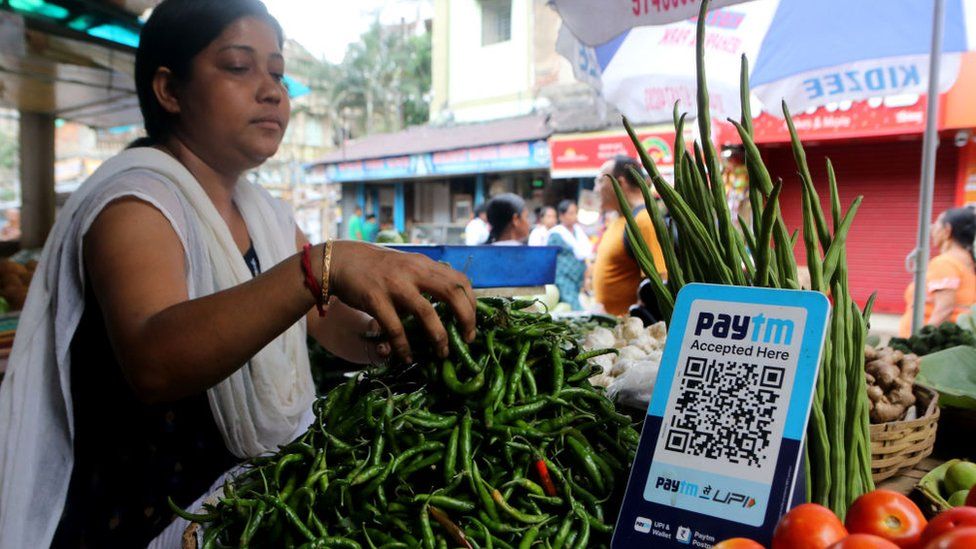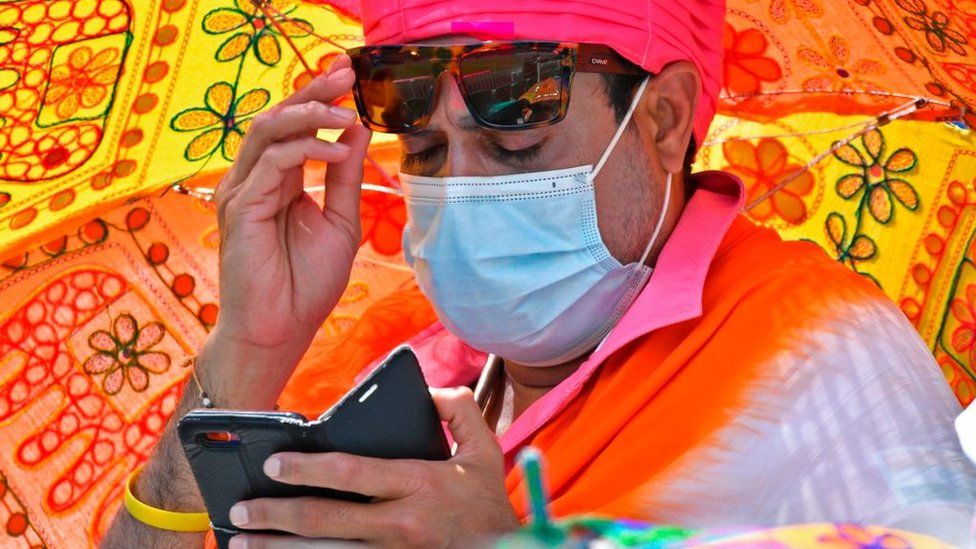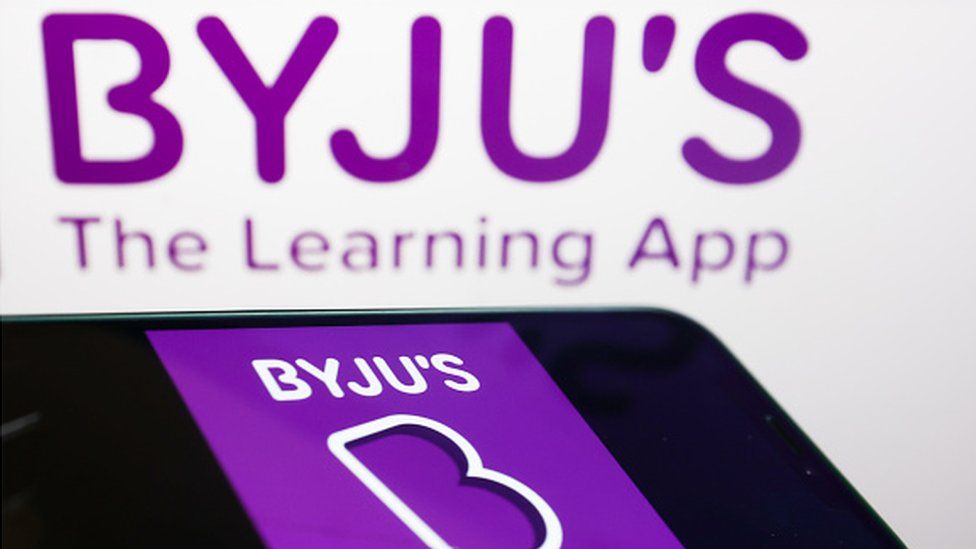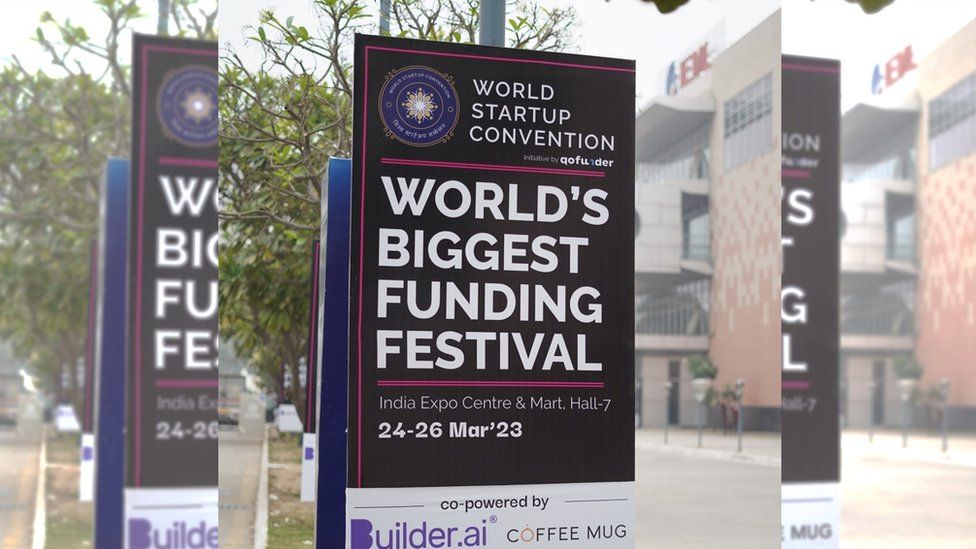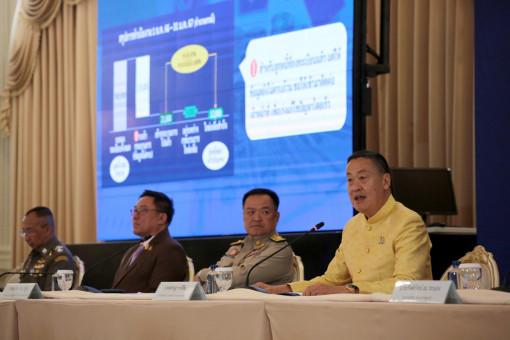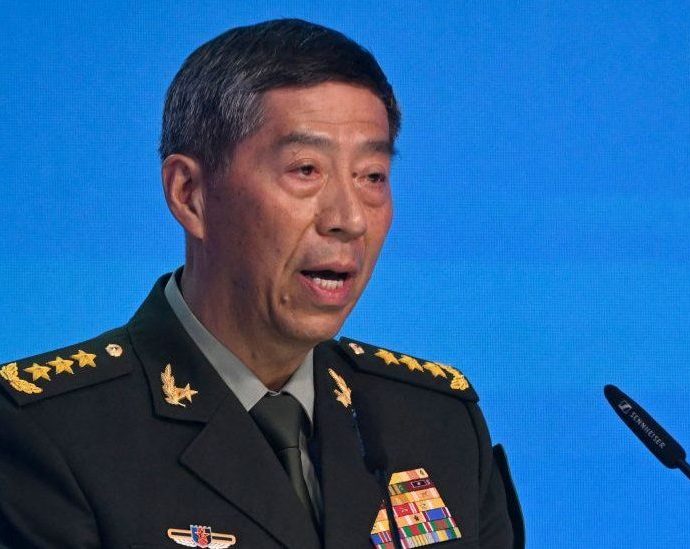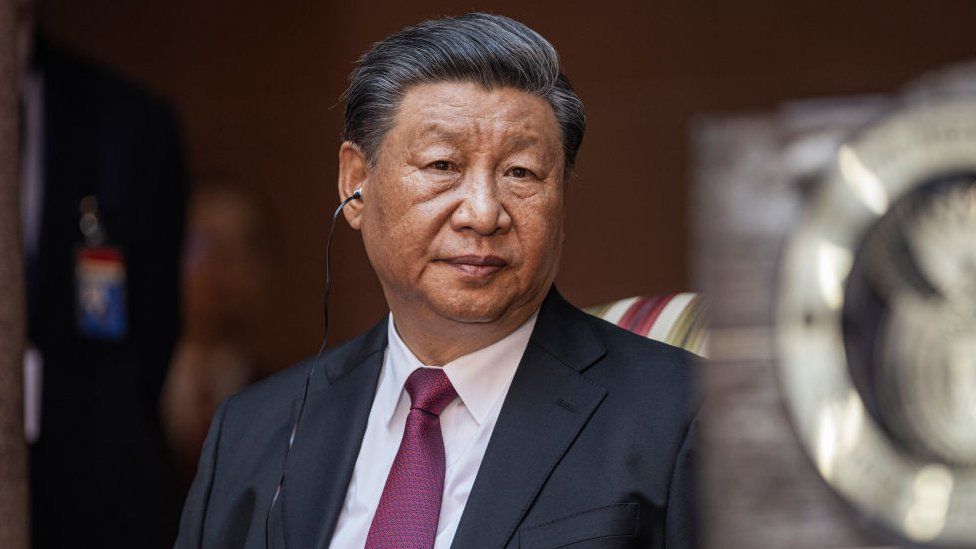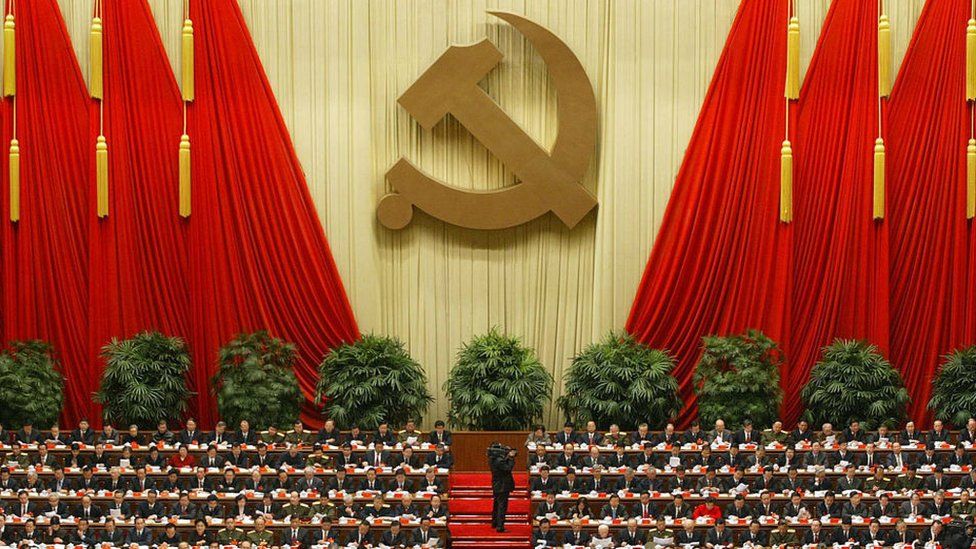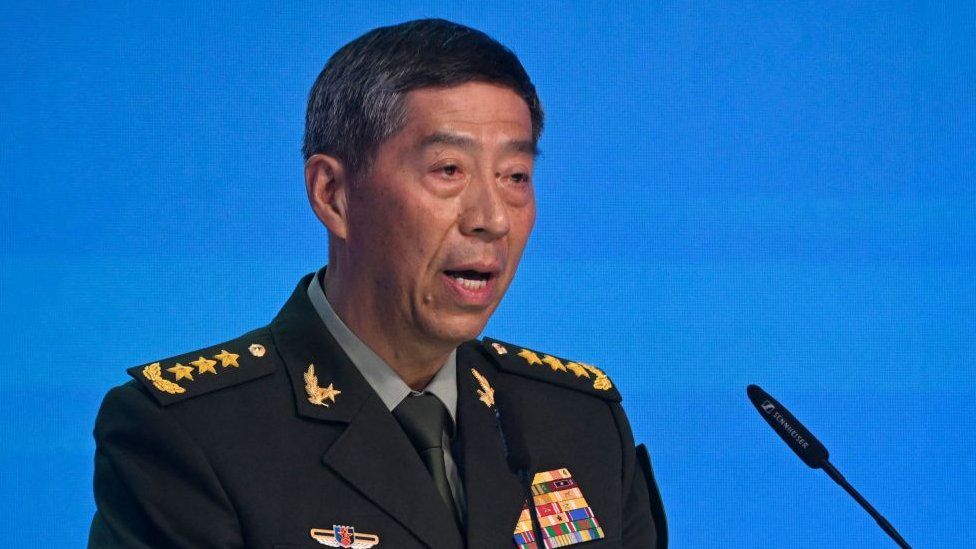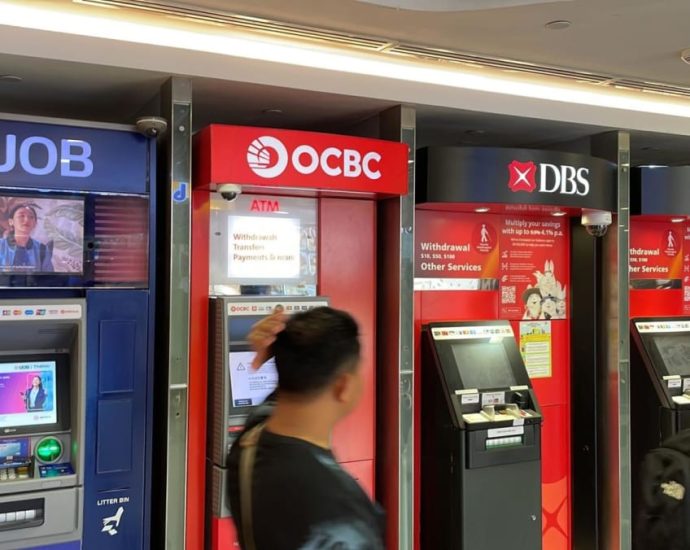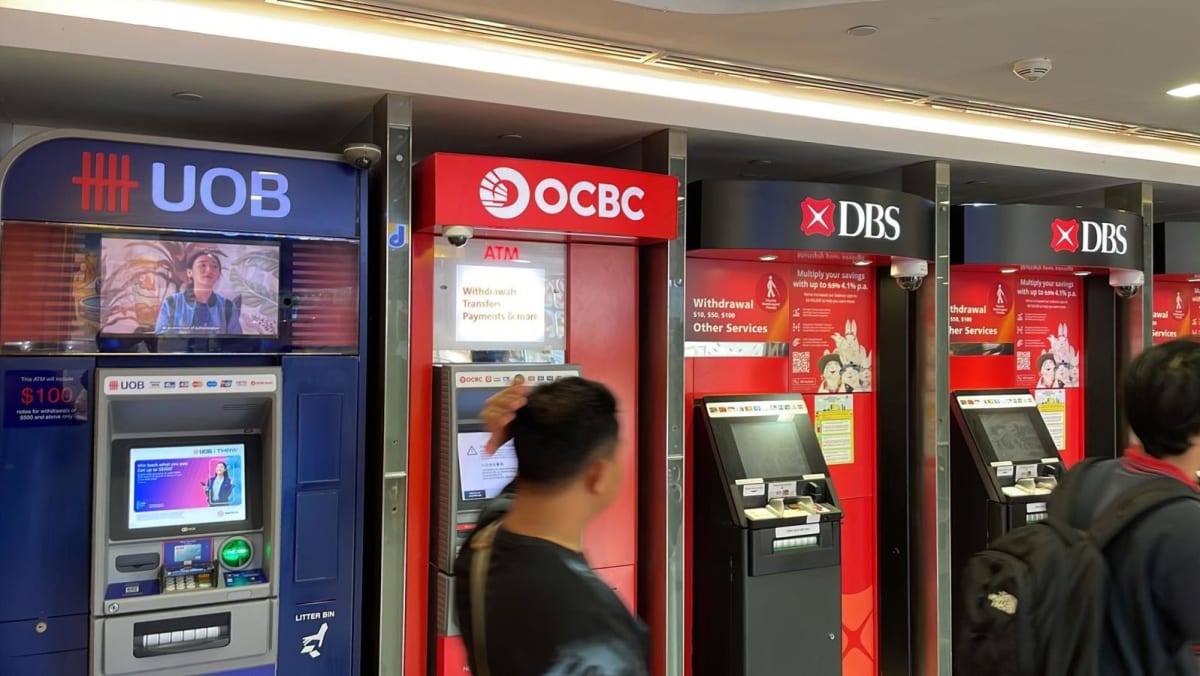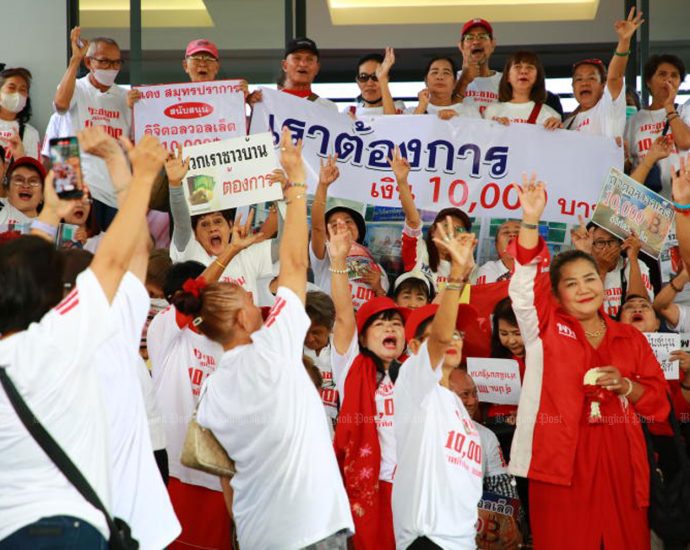Rise in sustainability-linked loans by banks to SMEs, as segment seeks help in decarbonisation efforts
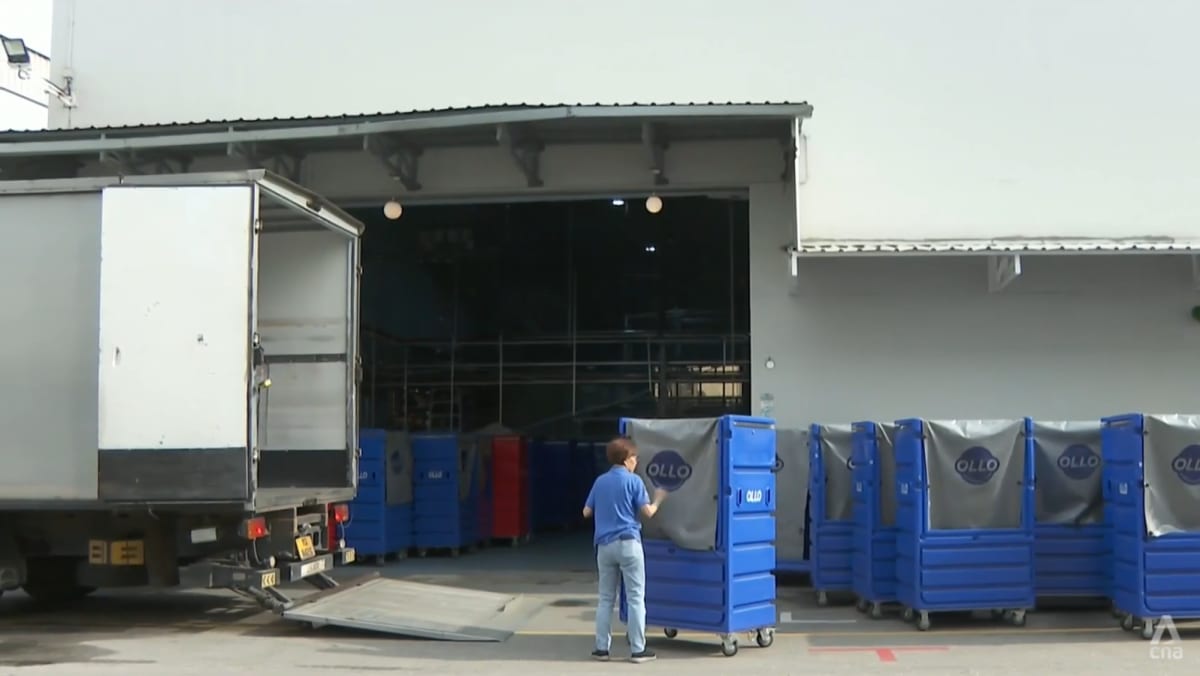
Ollo is not alone in approaching such a colossal investment.
Many other SMEs are adopting a wait-and-see approach due to large upfront costs, especially for infrastructure projects, according to Association of Small and Medium Enterprises (ASME) president Ang Yuit.
The decision is made even more complex, with considerations such as complicated certification processes and uncertain long-term returns, he said.
Mr Ang explained that SMEs have to think about profits and losses in the immediate and shorter term, and are especially sensitive towards the costs involved.
“Without a clear revenue or profit that can be had, if we move in this direction, for many, actually going into the adopting greener technology may require an immediate increase in capital expenditure, or maybe even operating expense, because you’re changing the way you’re operating,” he said.
SUSTAINABLE FINANCING
Sustainable financing is one way banks are helping SMEs overcome cost barriers.
Some banks even go beyond issuing loans, to help SMEs achieve certification targets and navigate the complex transition landscape.
OCBC’s head of global commercial banking Linus Goh told CNA that the biggest challenge most SMEs face in going green is a shortage of resources and time.

